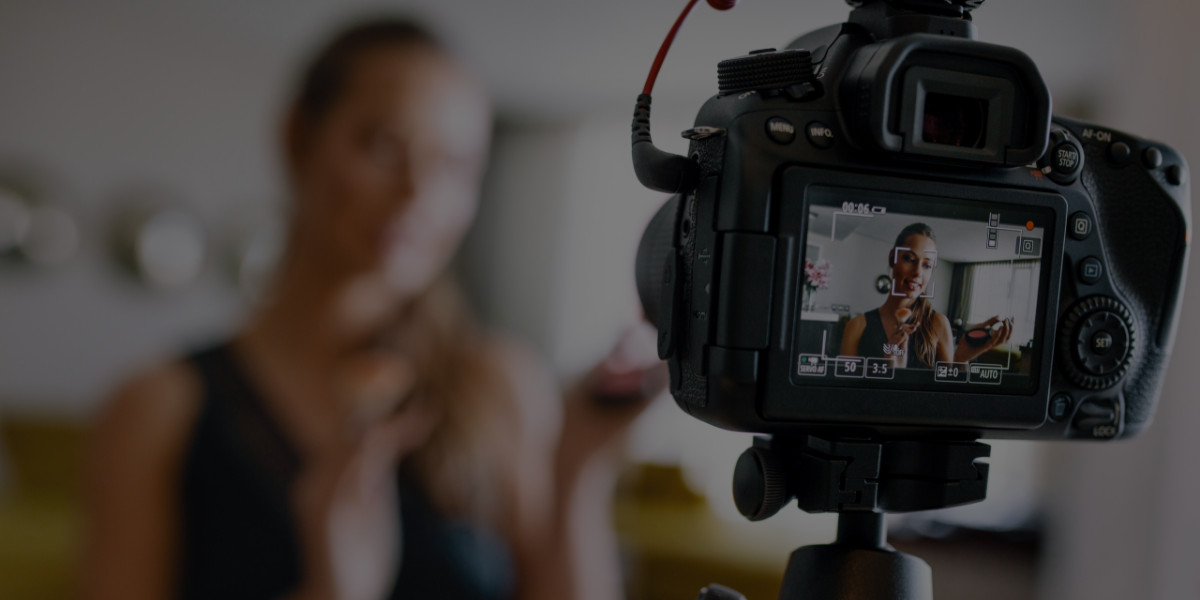In this digital age, many makeup artists are starting to find their inspiration (and education!) on social media. Unfortunately, this increased pressure of following trends online has created unrealistic expectations about what a professional makeup artist actually does.
Online influencers are often untrained and have no education on classic makeup techniques. Instead, they rely on copying others who’ve paved the road before them. Here are three unexpected reasons to not get caught in the influencer trap.

1. It Makes You into a Copy Artist.
Because social media does not often teach proper techniques, those claiming to be experts usually only know what they have learned from other influencers. Almost everyone ends up doing minor variations of exactly the same, and often overly dramatic, look. This turns learning makeup into a paint-by-numbers game, which makes learning makeup easy but destroys artistic creativity. Makeup artists who fall into this trap can easily be turned into knock-off artists who only recreate versions of the makeup they have memorized.
2. It Is Not Reflective of What Is Happening in the Real World of Makeup.
Current social trends encourage makeup artists to create overly dramatic eyebrows, aggressive foundation, wide crease shades, and overly dramatic cat eyes. And as trends go, these will eventually fade away and be replaced with new ones.
As much as influencers might lead you to believe it, the makeup they demonstrate is not reflective of current trends in the makeup industry. Their style of makeup is not done regularly in the real world. The end result of learning from influencers is that you’ll have a set of specific techniques that may not help you book real clients.

3. The trends are usually overly dramatic and exaggerated.
And it makes sense. Influencers are paid-per-view, so they need to create content that pops and attracts attention. Because social media is a visual medium, real makeup techniques will not attract the same viewership as those that are more vivid and outrageous. But, again, these exaggerated looks are seldom done in the real world.
There is a surprisingly simple solution to escaping the influencer trap. Instead of immersing yourself in the unreal and unrealistic world of makeup, follow the people and events that influencers themselves are copying. This will not only put you ahead of the curve, but it will teach you how techniques and trends are actually being done in the real world.
Don’t spend hours trying to mimic influencers as you copy their color-by-numbers videos. Instead, use your catalog of techniques and learn how to reverse engineer the looks of the original trendsetting artists. This will inspire your creativity and arm you to work at a higher level.

Some great artists to follow are Kevin James Bennett, Quinn Murphy, Chris Milone, James Vincent, Janell Geason, Stephen Moleski, Pat McGrath, Kristofer Buckle, Orlando Santiago, Billy B., Beau Nelson, and Bobbi Brown.
You can also research makeup agencies and follow their represented artists (not their influencers). This will open you up to a whole other side of the makeup industry—and it’s the side where you can earn a spectacular living.
I’m not suggesting social media is all bad, but as a professional makeup artist, it is important you see it for what it is—entertainment and not education.
So keep challenging yourself to create and work at a higher level. Be the trendsetter, not the follower.

Hey good post. I am already following Janell Geason & Kristofer Buckle.
This is very good post, like all the others from my dear professor Nathan. We can learn a lot from him. ?